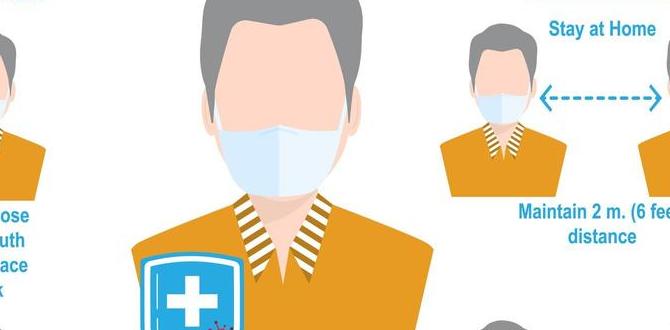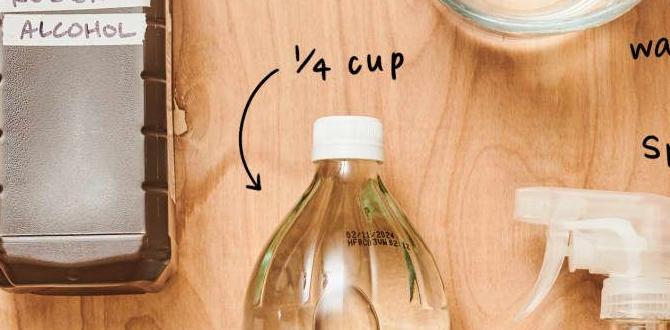If you’re a car owner, you may have considered using glass cleaner on your car paint to achieve a streak-free shine. While glass cleaner can be effective on glass surfaces, it can pose potential risks when used on car paint. In this article, I will discuss the risks of using glass cleaner on car paint, provide tips on proper usage, and suggest alternatives to keep your car looking its best.
Potential Risks

Using glass cleaner on car paint can lead to chemical damage and other unwanted effects. Glass cleaners often contain chemicals that can be harmful to car paint, including ammonia and alcohol. These ingredients can strip away protective coatings, leading to paint discoloration, fading, or even peeling. Additionally, some glass cleaners may leave residues behind, causing a hazy or dull appearance on the paint surface.
Proper Usage
Choosing the Right Glass Cleaner
If you still choose to use glass cleaner on your car paint, it is crucial to select a product specifically formulated for automotive use. These cleaners are designed to be gentle on car paint, reducing the risk of damage. Look for glass cleaners that are labeled as safe for use on automotive surfaces and avoid those containing ammonia or alcohol.
Testing on a Small Area
Before applying glass cleaner to the entire car, it’s essential to test it on a small, inconspicuous area. Apply a small amount of the cleaner to a cloth and gently rub it on the surface. Check for any adverse reactions or changes in the paint. If there are no negative effects after a few minutes, you can proceed with using the glass cleaner on the rest of the car.
Following Instructions
Always read and follow the instructions provided by the glass cleaner manufacturer. Pay attention to any recommended dilution ratios, application techniques, or precautions mentioned. Using the cleaner according to the instructions will help minimize the risk of damage to your car paint.
Avoiding Direct Sunlight and Heat
When using glass cleaner on your car paint, it’s important to avoid applying it in direct sunlight or hot temperatures. High temperatures can cause the cleaner to evaporate quickly, leaving behind residue that can be difficult to remove. Choose a shady or cool area to work on your car, preferably in a garage or under a shelter.
Protective Measures

Using a Microfiber Cloth
When applying glass cleaner to your car paint, use a soft microfiber cloth instead of paper towels or abrasive materials. Microfiber cloths are gentle on the paint surface and will help prevent scratches or swirl marks. They also have excellent absorption capabilities, ensuring the cleaner doesn’t drip or streak on the paint.
Gentle Circular Motions
When cleaning the car paint, use gentle circular motions with the cloth. Avoid applying excessive pressure, as this can lead to scratches. By using circular motions, you ensure even distribution of the cleaner and help remove dirt and grime effectively.
Rinse and Dry
After cleaning the car paint with the glass cleaner, rinse the area thoroughly with water. This will help remove any remaining residue and avoid potential damage. Once rinsed, use a separate microfiber cloth to dry the paint surface, ensuring a streak-free finish.
Alternatives to Glass Cleaner

Car-Specific Cleaning Products
To ensure the safety of your car paint, it’s best to use products specifically designed for automotive cleaning. Car wash soaps and detailing sprays are formulated to clean and protect the paint without causing damage. These products are often pH-balanced and contain gentle surfactants that lift dirt and grime without harming the paint surface.
Homemade Solutions
If you prefer natural alternatives, you can create your own car paint cleaner using household ingredients. A mixture of water, mild dish soap, and white vinegar can be an effective and safe option. Remember to test the homemade solution on a small area before applying it to the entire car.
Professional Detailing
If you want to ensure the best care for your car’s paint, consider taking it to a professional detailing service. Detailers have the expertise and specialized products to clean and protect your car paint effectively. They can also offer additional services like paint sealants or ceramic coatings to enhance the longevity and shine of your car’s paint.
Conclusion
While using glass cleaner on car paint can be tempting, it carries potential risks due to its chemical composition. Instead, opt for automotive-specific cleaning products or homemade solutions to clean and protect your car’s paint. Remember to follow proper usage techniques, such as testing on a small area and using a microfiber cloth. If you want the best care for your car’s paint, consider professional detailing services. By following these tips, you can maintain a beautiful and glossy paint finish on your car for years to come.
Frequently Asked Questions
- Can I use any glass cleaner on my car?
- What is the best cloth to use when cleaning car paint?
- Why is it important to test a glass cleaner on a small area before using it on the entire car?
- What should I do if I accidentally sprayed glass cleaner on my car paint?
- Are homemade solutions safe to use on car paint?
No, it is not recommended. Many glass cleaners contain chemicals that can harm car paint. Look for cleaners specifically labeled for automotive use.
A soft microfiber cloth is the best choice for cleaning car paint. It is gentle, absorbent, and helps prevent scratches or swirl marks.
Testing on a small area allows you to check for any adverse reactions or changes in the paint. This helps prevent potential damage to the entire car’s paint surface.
If you accidentally sprayed glass cleaner on the car paint, quickly rinse it off with water to minimize potential damage caused by the chemicals.
Homemade solutions can be safe for car paint if used correctly. However, it’s always recommended to test the solution on a small area first to ensure compatibility with your car’s paint.